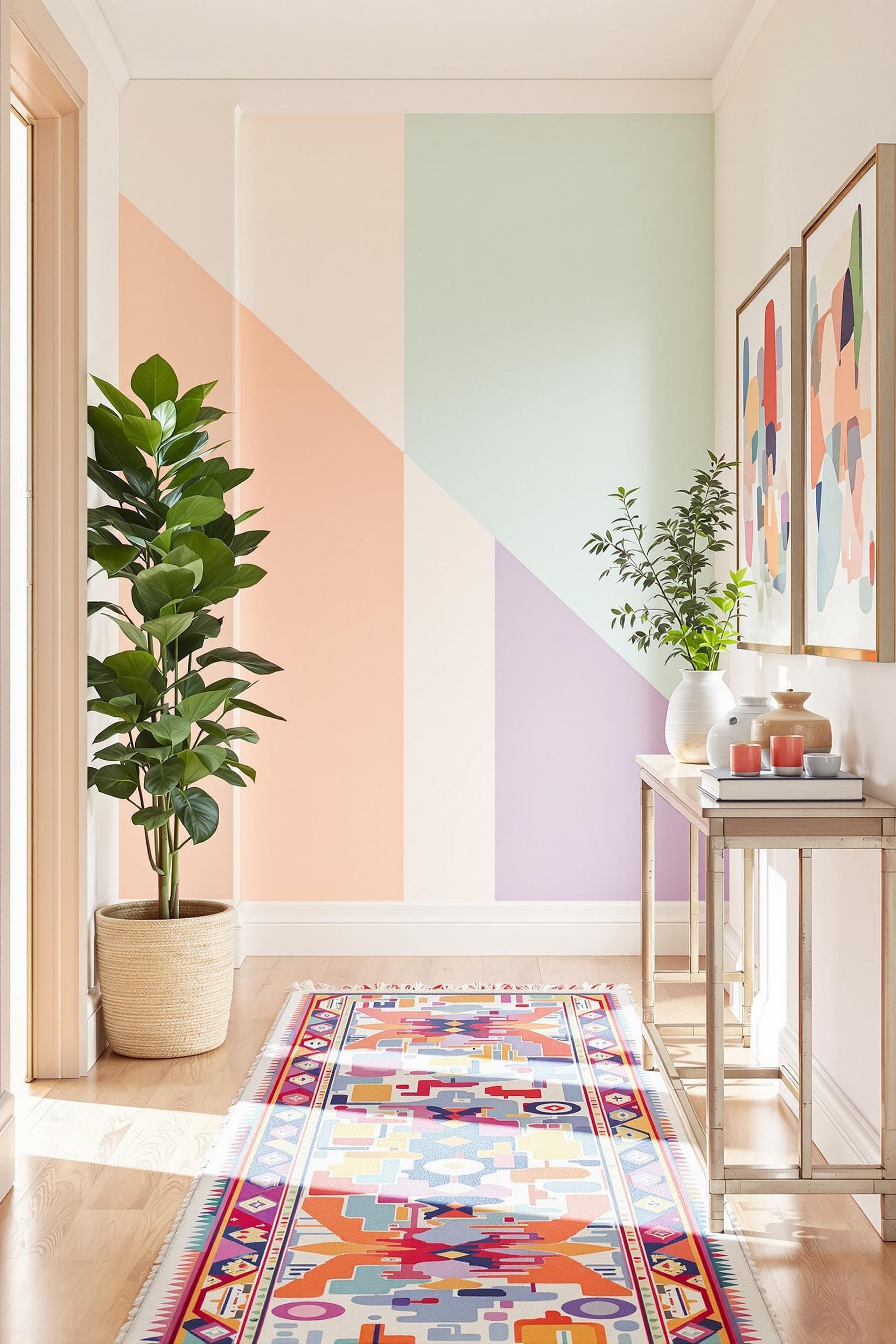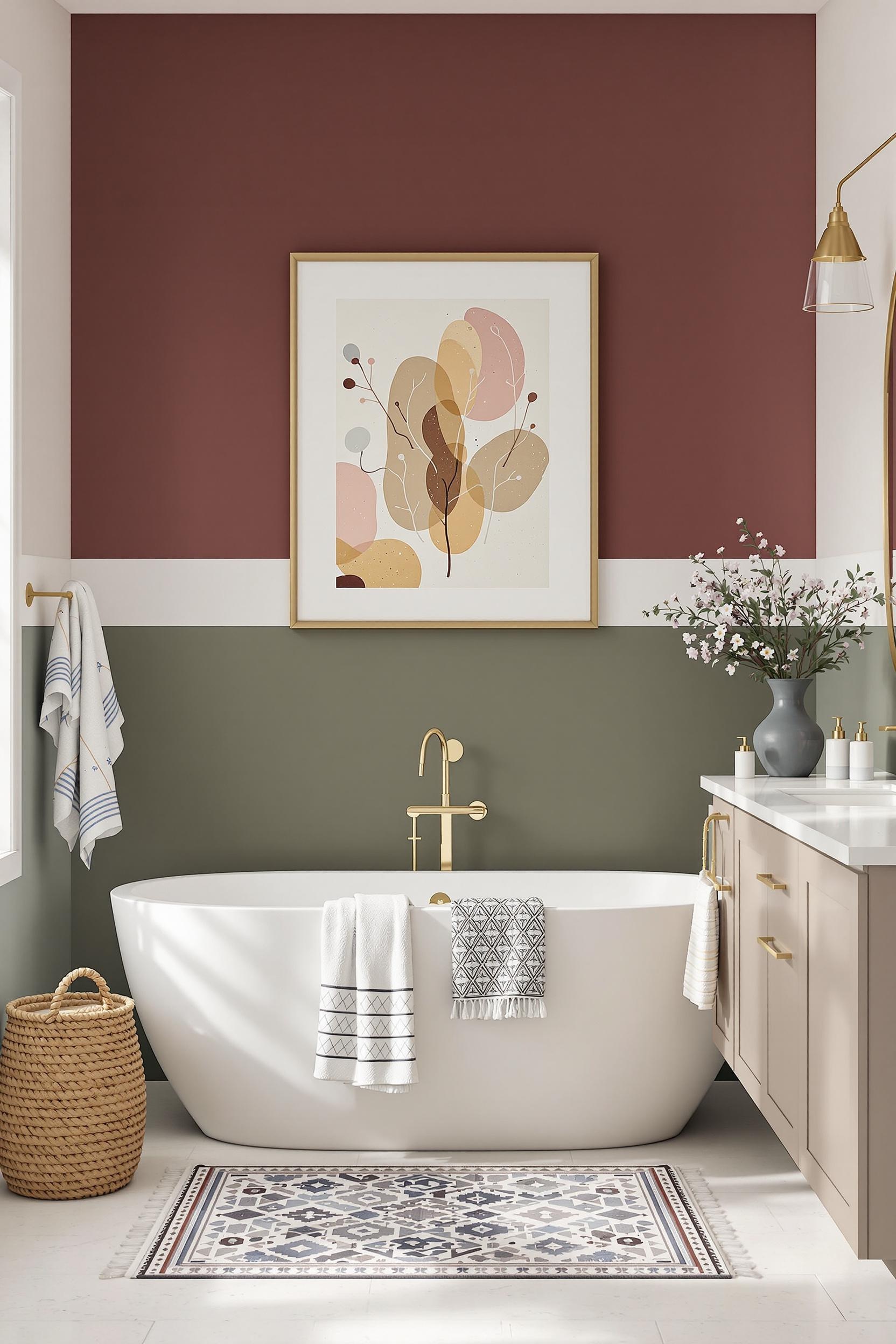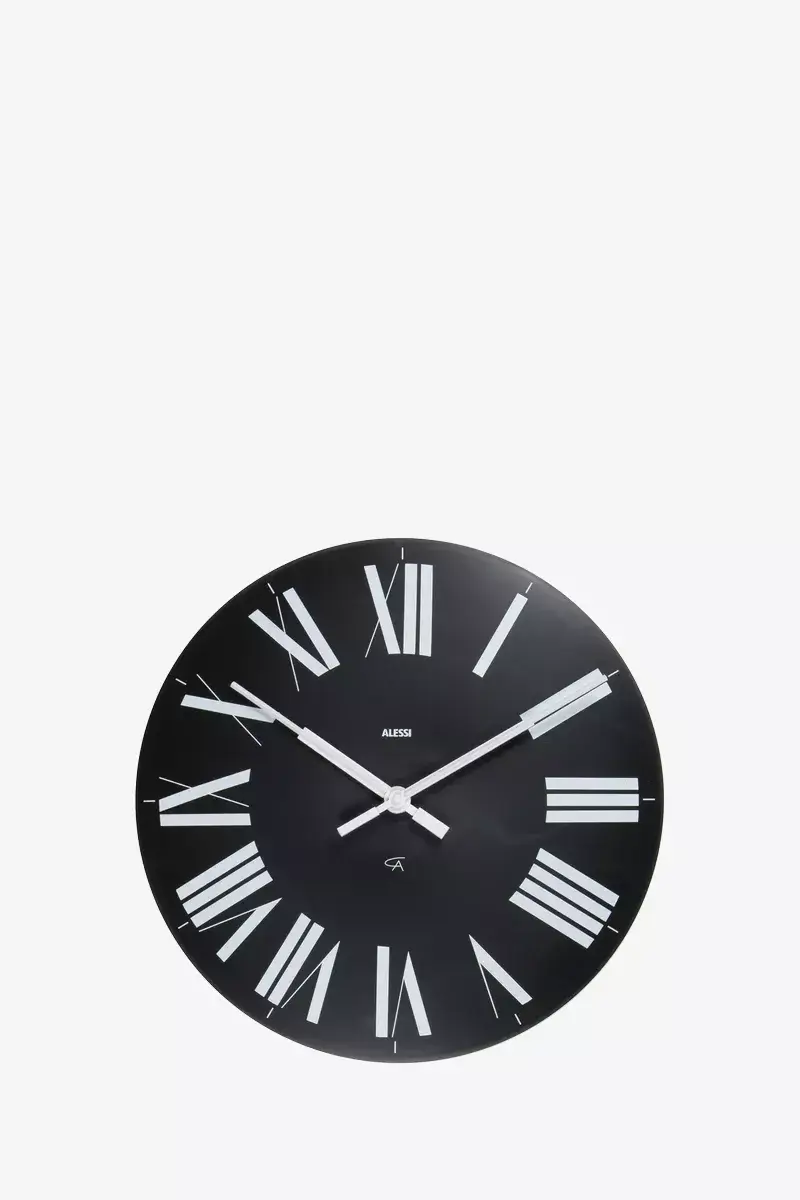
DIY Color Blocking Wall Painting Techniques: A Beginner’s Guide to Bold, Modern Design
Have you ever stepped into a room and instantly felt drawn to the bold, geometric energy radiating from the walls? That’s the power of diy color block wall painting. Whether you live in a small apartment or a spacious home, color blocking transforms plain walls into vibrant focal points. In this guide, I’ll walk you through how to master the technique, step by step, based on modern minimalist color blocking principles.
Color blocking means using large, solid blocks of color to split and energize your space. It creates depth, visual movement, and functional zoning. This method blends both minimalist aesthetics and vibrant flair. You’ll see how bold colors can fit seamlessly in understated homes with just a little creativity and the right technique.
Getting Started: Tools and Supplies for Color Blocking Walls
Before you begin painting geometric walls or trying split wall color blocking DIY projects, preparation is crucial. I recommend gathering:
- High-quality painter’s tape
- Foam rollers and brushes
- A laser level
- Drop cloths and a utility knife
- Interior latex paints in chosen hues
Start with small accent wall projects using paint and color for practice. Beginning with something simple helps grow your confidence and cuts the risk of missteps. As shown in this guide from Purdy, laying out the shapes precisely with painter’s tape and a level ensures clean lines and crisp results.
Smart Color Choices: How to Pick Colors for Wall Blocking
Choosing colors can feel overwhelming. My advice is to stick with 2–4 hues max per project. Start with a neutral base—think light gray, white, or taupe—and then add one bold or deep color. In this color blocking guide, mixing beige tones with forest green or terracotta gives minimalist rooms a luxurious feel without overpowering.
Consider paint finishes, too. Matte or eggshell allows sharp edges between colors without sheen distortions. To assist your palette choices, this guide can help align your desired room mood with proven color combinations.
Tip: Always test your color blocks on the wall!
Paint a few swatches of each color next to one another and observe them throughout the day. Light, shadows, and time of day will affect how each color appears—especially when placed next to contrasting tones.
Techniques to Try: From Two-Tone Walls to Bold Geometry
Are you stuck in a beige box? Let’s fix that. Want a wall that screams style? Try painting geometric shapes like triangles or chevrons. They anchor focal points and add subtle movement.
For a modern twist in apartments, a partial wall color block behind a bed or sofa gives the illusion of depth and height. Try split wall color blocking diy where one color occupies the lower half and another tops it—perfect for studio apartments or multi-functional spaces.
Want to play with proportions? Go vertical to elongate ceilings. Or add long horizontal bands to widen rooms. Use contrasting trim paint to build a frame-like effect around your walls—a method I love, and one that’s highlighted in this wall trim color-blocking guide.
Design for Impact: Using Psychology in Color Zoning
Colors aren’t just visual—they’re emotional. Warm earth tones like burnt orange or blush bring warmth. Cool tones like teal or cobalt bring calm. I often use color zoning strategies to separate workspaces, relaxation nooks, or creative corners.
If you’re working with an open floor plan, this technique becomes even more essential. I’ve used color blocking in open-concept homes to define the kitchen from the living area without needing walls. With bold geometric wall painting ideas, you control how people interact with your space.
Advanced Color Blocking: Elevating Your Design Game
Once you’ve mastered the basics, try mixing tones with ombré effects or experimenting with soft pastels. Try expressive projects like this ombre design technique for transitional spaces. If you’re ready to push the envelope and ditch symmetry, asymmetrical blocks provide an elevated sense of modernity.
One of my favorite touches? Combining neutrals with neon. It’s bold and yet beautifully balanced when done on one wall. Ground neon with cooler, muted tones—peach with charcoal, or electric blue over blush beige, for example.
🎨 Transform Your Space: Free Color Blocking Design Guide Inside!
DIY color block wall painting isn’t just a trend. It’s a design revolution! If you’ve been loving these techniques and want more, grab my comprehensive design guide. It’s loaded with tips for everything from beginner-friendly layouts to pro tricks used by top interior stylists.
Unlock Your Design Potential: Professional Secrets Revealed
Explore the art of geometric wall painting ideas and create your dream interiors:
- Discover two-tone wall painting ideas
- Use color blocking wall molding for texture
- Design vertical stripe color block walls
- Master layout tips and taping secrets
DIY Color Blocking Wall Painting: Frequently Asked Questions
1. What are the best paint colors for minimalist homes?
Stick with light grays, whites, beiges, or creams as your base. Add depth with one bold tone like navy, gold, or forest green. These create beautiful monochrome color block wall art while keeping it calm.
2. How can I keep my geometric designs precise?
Use painter’s tape, a sharp utility knife, and a laser level tool. Press the tape firmly, especially at the seams, and take your time measuring. Clean lines make or break a design.
3. Will this work in small rooms?
Yes! Color blocking actually makes small rooms look bigger. Use lighter shades to expand space. Add vertical shapes to make ceilings feel higher, and keep blocks off-center for visual width.
4. What painting supplies do I need?
- Professional-grade painter’s tape
- Foam rollers and brushes
- A utility knife
- Interior latex paint
- Measuring tools and levels
Good tools prevent lines from bleeding and paint from dripping into your neighboring blocks.
5. How do I pick harmonious color combos?
Consult the color wheel. Use complementary colors (opposites) for drama or analogous tones (next to each other) for harmony. For pastel color blocking, mix neutral pinks with grays or soft greens.
Ready to Block Like a Pro?
By now, you know how important color theory, technique, and strategic design decisions are when experimenting with color blocking interior design techniques. Whether painting an office nook, jazzing up a hallway, or doing a bedroom accent wall, bold shapes and strategic colors will elevate your space.
I’d love to hear from you!
Which room are you planning to transform? What color combos are on your list? Drop your inspirations, wins, or even challenges in the comments. Let’s learn and create together!
Subscribe for More DIY Color Magic
Want insider tips and new tutorials each month? Join the Color Block Home community:
With just a little paint and creativity, you can breathe life into every corner of your home—one bold block at a time.






